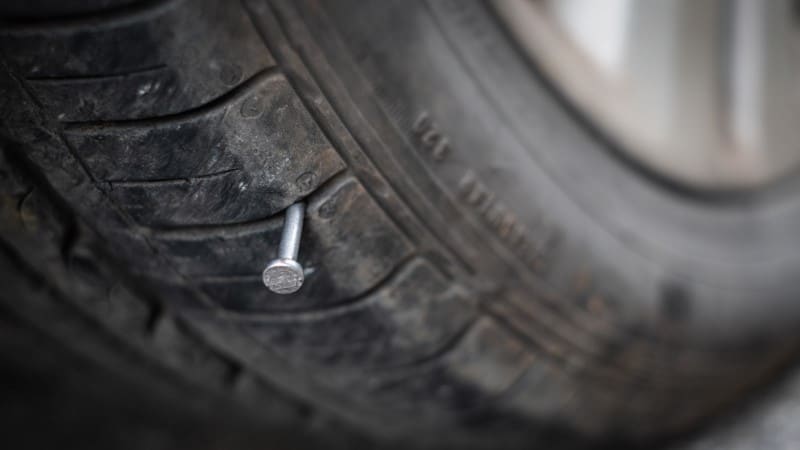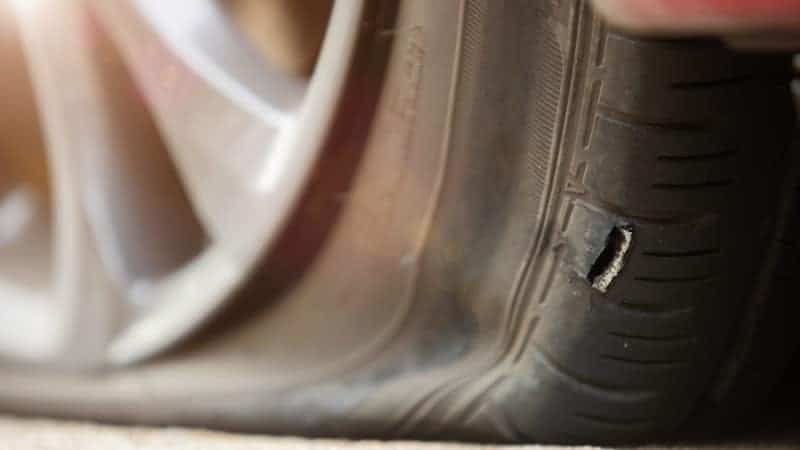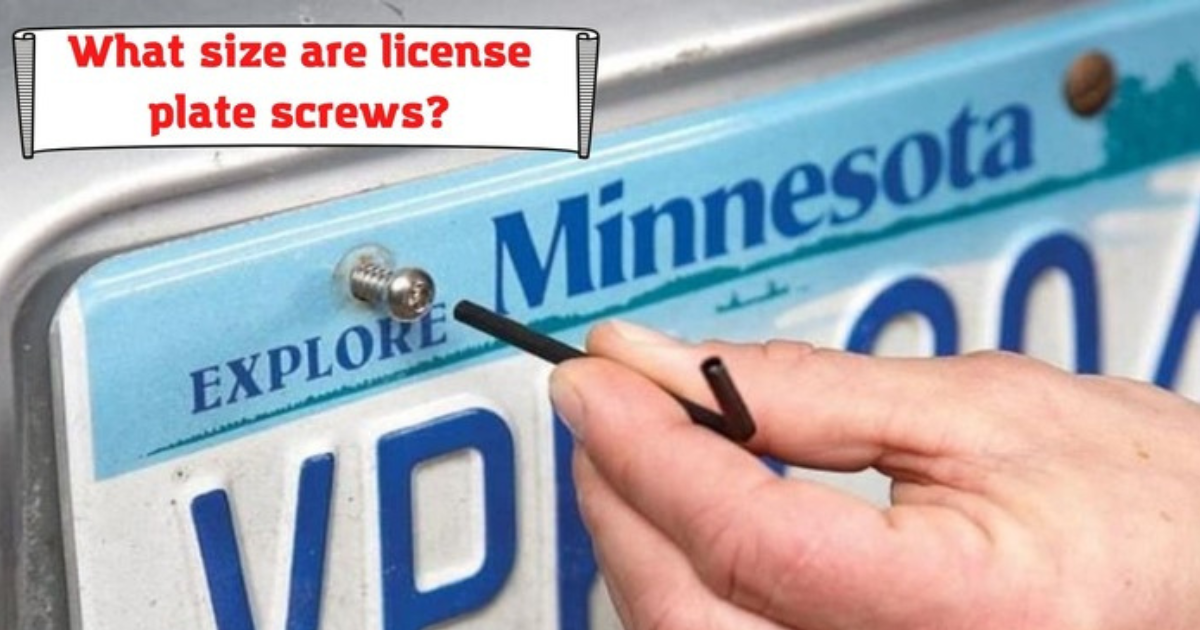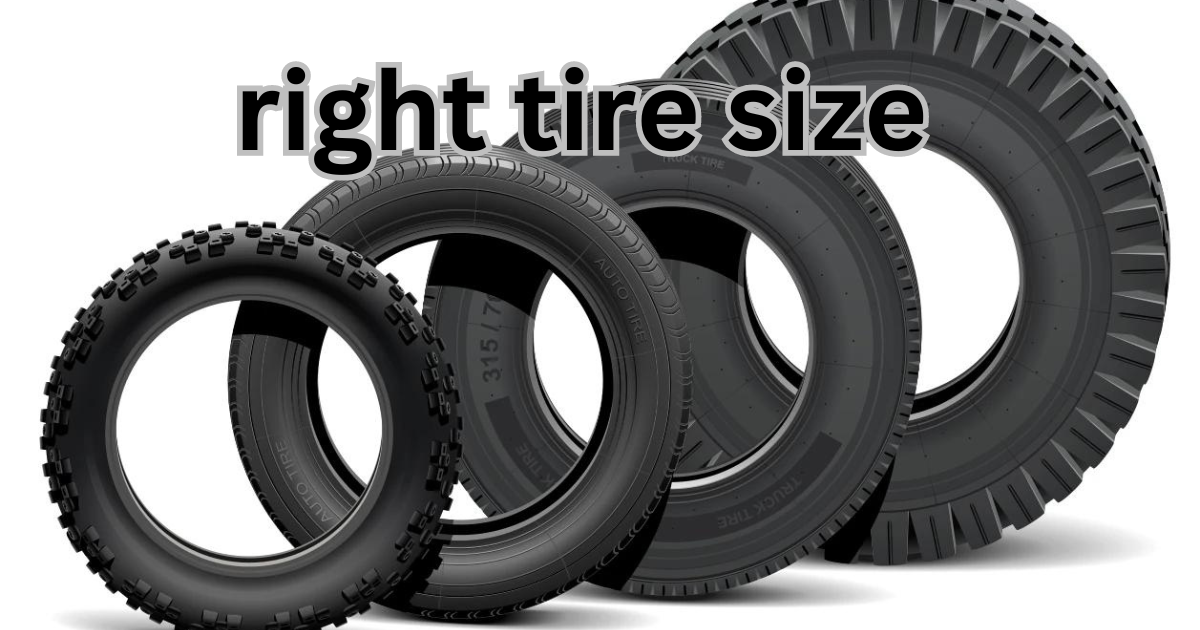When you’re on the road, you never know when you could come upon a screw-in tire. Many people get scared since it indicates that your tire could get flat if you haven’t previously deflated it. When you have a screw in one of your wheels, what do you do? This is a valid question to ask if you’re stuck on this puzzle.
What Will Happen If Screw Is In Tire?
If a screw becomes stuck in a tire, what will happen? It is expected that a tire will be deflated. As a plug, the screw can keep the pressure in for a while. But you might have noticed that the wheels aren’t quite right. If the tire pressure is too low, the vehicle may become unbalanced or have a difficult ride.

If you see a screw in your tire, you must fix it right away to prevent it from going overboard. Are screw-in tires legal to drive on? Even though it’s technically possible to drive with a screw in your wheel, you really shouldn’t do it unless you’re really broke or plan to fix the damage at your next stop. In these situations, having a spare tire on hand will allow you to get the necessary assistance.
If you drive with a screw in your tire, you run the danger of damaging it severely. The ride quality, particularly on uneven roads, could suffer if the screw goes further into the tire.
A little screw should be easy to remove. Before you try to remove the screw, make sure you have the appropriate tools in your toolbox. You can accomplish the task with just pliers. You can’t be sure of the screw’s length when you pull it out, so it’s a gamble. Taking it to a mechanic who can unscrew it and repair the hole is the way to go.
Remembering where the harm is located is another crucial aspect. A tire patch can fix the problem if the screw is in the center of the tire and the treads as well. But if the screw is on the tire’s sidewalls or shoulder, then changing the tire is your only choice.
In what ways are you unable to repair a flat tire shoulder? The weight of the vehicle could cause the screw on the tire shoulder to burst, thus repairing it is not an option. The tire bulges outwards and forces the plug out due to the weight. Worst case scenario: you’re behind the wheel.

To sum up, you can fix a screw-in tire that is between the treads, but you have to get a new one if it’s on the sides.
Conclusion
Will you be working with tires that screw on? Having read this essay, you will have a far better grasp of the subject at hand if you answered yes to the question. Inspect the area to find the source of the problem if you encounter it. To summarize, if the screw is on the tread region, it can be repaired. However, if it is on the sidewall, a replacement will be necessary. A tire sidewall plug is only a stopgap measure; in order to get the most out of your tire, you’ll need to get a new one.




